Amaro Lucano consists of the careful blend of more than 30 specially selected herbs, which characterizes its strong and delicately balanced flavour.
During the production process, special attention is given to the ripening phase, because at this stage the infusion must be left to rest for a long period of time.
During this procedure, the flavour develops its finish, and a balanced, consistent flavour, with citrus and floral notes, the distinctive mark of Amaro Lucano.
THE HERBS
We select only the finest herbs from all over the world; they are dried naturally and crushed, to create the perfect aromatic balance of Amaro Lucano.
Geographical Origin: Italy
Parts Used: all parts of the plant
Organoleptic Characteristics:: bitter and aromatic
Medicinal Properties: characterized by a delicate bitter taste; stimulates the appetite and aids digestion. It has remarkable antiseptic properties and it is useful in the treatment of migraines.
Geographical Origin: Italy
Parts Used: all parts of the plant
Organoleptic Characteristics:: bitter and aromatic
Medicinal Properties: its medicinal qualities have been well known since ancient times. An excellent tonic, it is antipyretic, invigorates and stimulates the vascular and nervous system, and aids digestion. It also has remarkable flavouring properties
Geographical Origin: Italy
Parts Used: flowering tops
Organoleptic Characteristics:: herbaceous, sweet “musky taste”
Medicinal Properties: this plant has numerous beneficial properties: it acts as an antispasmodic, anti-perspirant, astringent, cleansing agent and stimulant.
Geographical Origin: Italy
Parts Used: flowering tops
Organoleptic Characteristics:: sweet, floral
Medicinal Properties: his plant has fragrant flowers and its bitter, pleasant and aromatic taste stimulates the secretion of gastric juices, and as well as the appetite. It also aids digestion, and is known to relieve bloating and stomach pain.
Geographical Origin: Italy
Parts Used: flowering tops
Organoleptic Characteristics:: bitter and astringent
Medicinal Properties: this plant, considered a cure-all for illnesses, is a concentration of active ingredients: it helps the liver to function properly and the gallbladder to expel bile.
Geographical Origin: Italy
Parts Used: fruit’s zest
Organoleptic Characteristics:: typically citrusy
Medicinal Properties: it was first introduced to Sicily and Calabria by the Arabs. Its zest possesses considerable digestive, flavouring, sedative and antispasmodic properties.
Geographical Origin: France
Parts Used: full roots
Organoleptic Characteristics:: strongly bitter, enduring
Medicinal Properties: can be used to relieve indigestion, as it stimulates the production of gastric juices; and in traditional herbal medicine as an antipyretic, and a healing agent to treat wounds.
Geographical Origin: Eastern Europe
Parts Used: seeds
Organoleptic Characteristics:: floral note, similar to violet
Medicinal Properties: it has a characteristic aroma and a bitter, slightly spicy taste. It possess remarkable healing, tonic, antispasmodic, digestive and sedative properties.
Geographical Origin: Eastern Europe
Parts Used: infiorescenze
Organoleptic Characteristics:: sweet, floral, fruity
Medicinal Properties: it is recommended in the treatment of respiratory disorders. The flowers are beneficial to the veins and circulatory system in general, while the berries have laxative and purgative properties.
Geographical Origin: Italy
Parts Used: all parts of the plant
Organoleptic Characteristics:: bitter, vegetal green
Medicinal Properties: ruta extract is used to treat many neuromuscular problems. It is an excellent tonic and recommended for the treatment of indigestion, as it stimulates the secretion of gastric juices and helps the liver to function properly.
Geographical Origin: South Africa
Parts Used: dried concentrated juice
Organoleptic Characteristics:: bitter and astringent
Medicinal Properties: it possesses antifungal, anti-anaemic and anti-inflammatory properties. The active ingredients also stimulate cell renewal and regeneration, and slow down the effects of aging.
Geographical Origin: Ceylon Island
Parts Used: cork bark and the woody part
Organoleptic Characteristics:: sweet, hot and spicy
Medicinal Properties: Cinnamon has many properties that make it able to bring several benefits to our body. First, the spice proves an excellent antioxidant and is considered a real panacea against digestive problems.
THE SECRET RECIPE
In 1894 Amaro Lucano’s special taste lies the careful choice of fine herbs and a secret recipe that, even now, is handed down from generation to generation, according to tradition.
The finest herbs are selected, dried naturally and crushed.
They are then blended and steeped in a series of hydro-alcoholic solutions made with pure alcohol and water. The mixture then undergoes a hot infusion process in thermo-controlled baths (55°/60°C) overnight.
The mixture is then hot pressed to produce an infusion.
The infusion is then blended to produce the extract. It was at this point in the production process that Cav. Vena used to add his secret ingredients, which is now the task of Pasquale Vena.
Laboratory tests are then carried out and the extract is aged for five months.
A hydro-alcoholic solution is then created in a large tank by mixing pure alcohol, essential oils, water, the aged extract, sugar, caramel and more water.
The liqueur is then carefully filtered, and the Amaro is ready to be bottled.
THE PRODUCTION
Since 1894 to date, the history of Amaro Lucano is tightly intertwined with that of the Vena family.
It all began in the back Cavalier Pasquale Vena’s biscuit factory and it continues today, with the current factory, handled by the fourth generation of the family, which continues to procure the precious liqueur with passion, determination and authenticity.
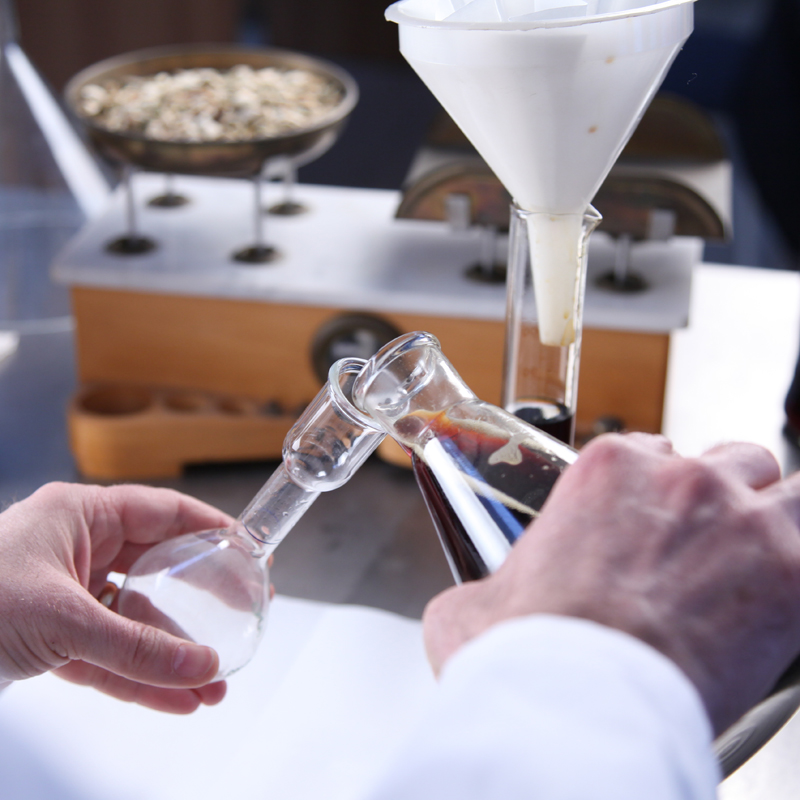
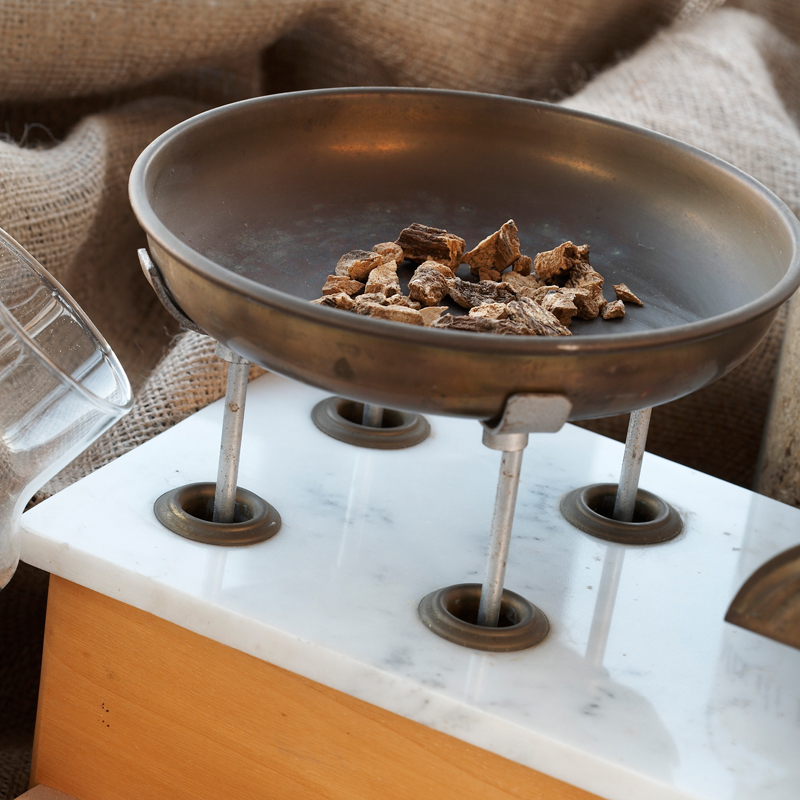
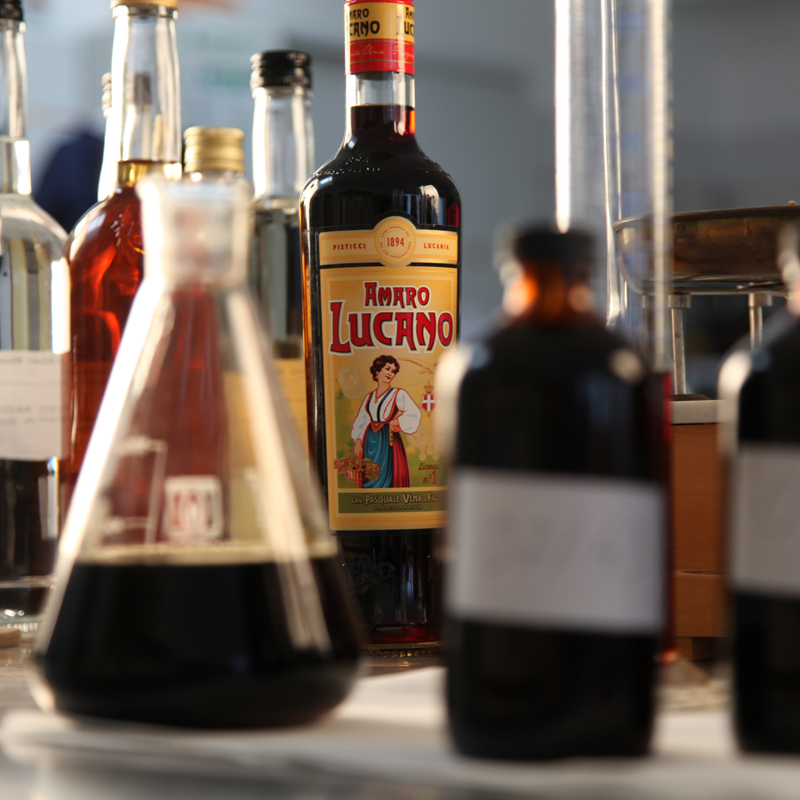
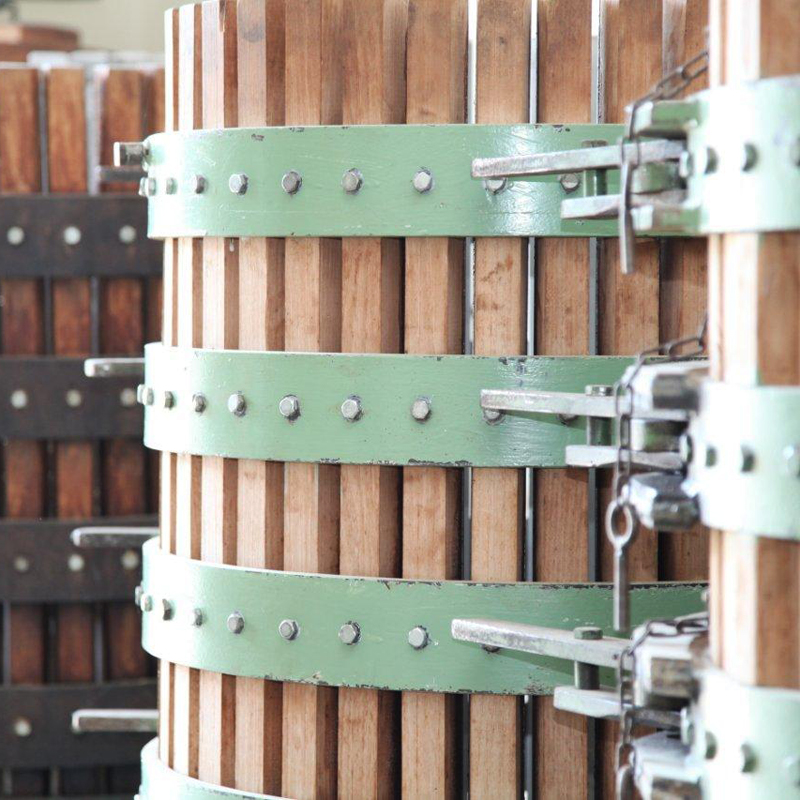
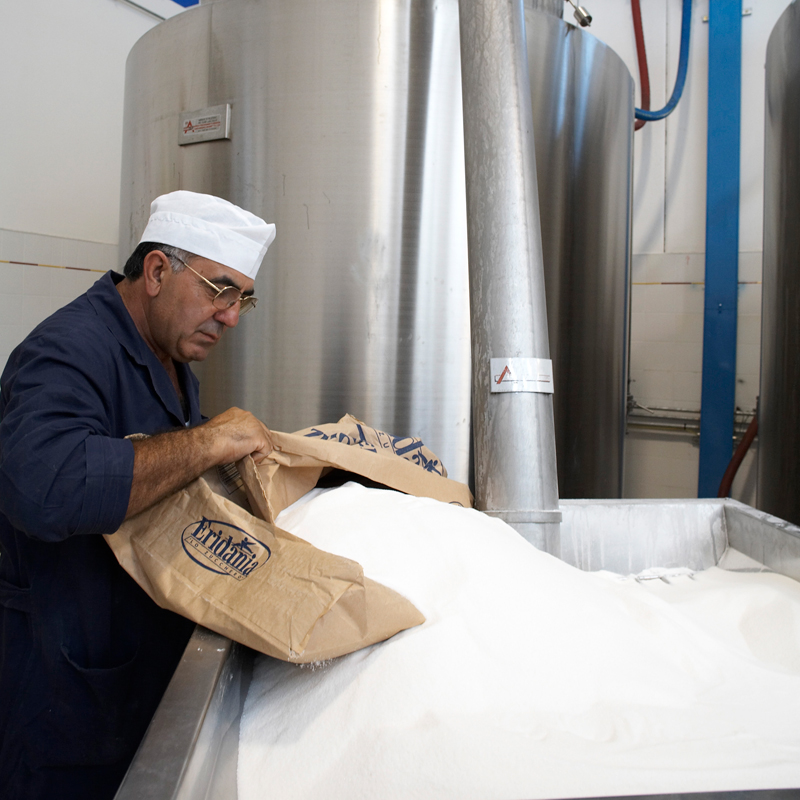
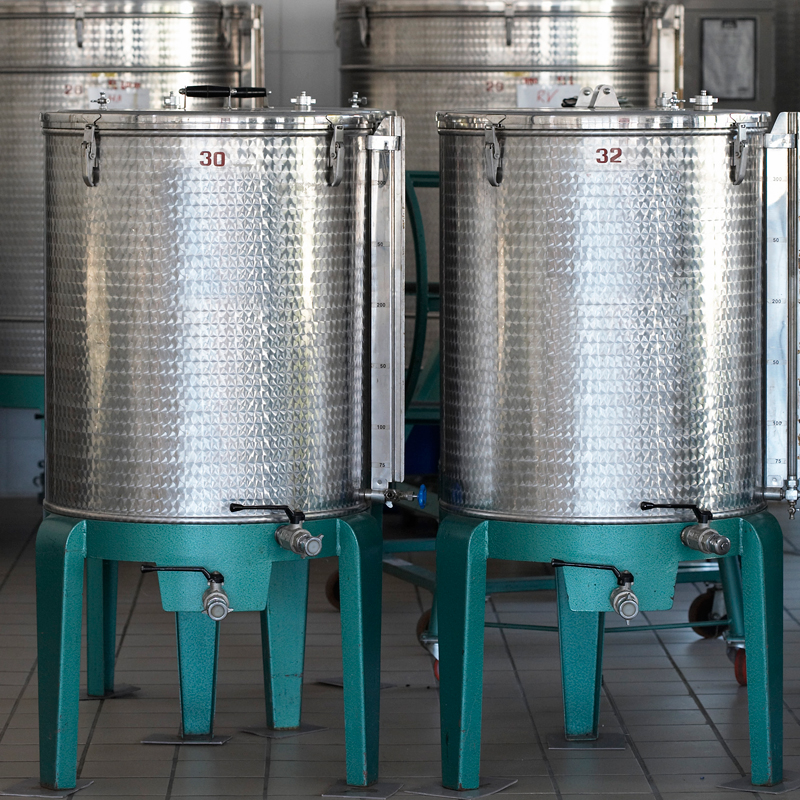
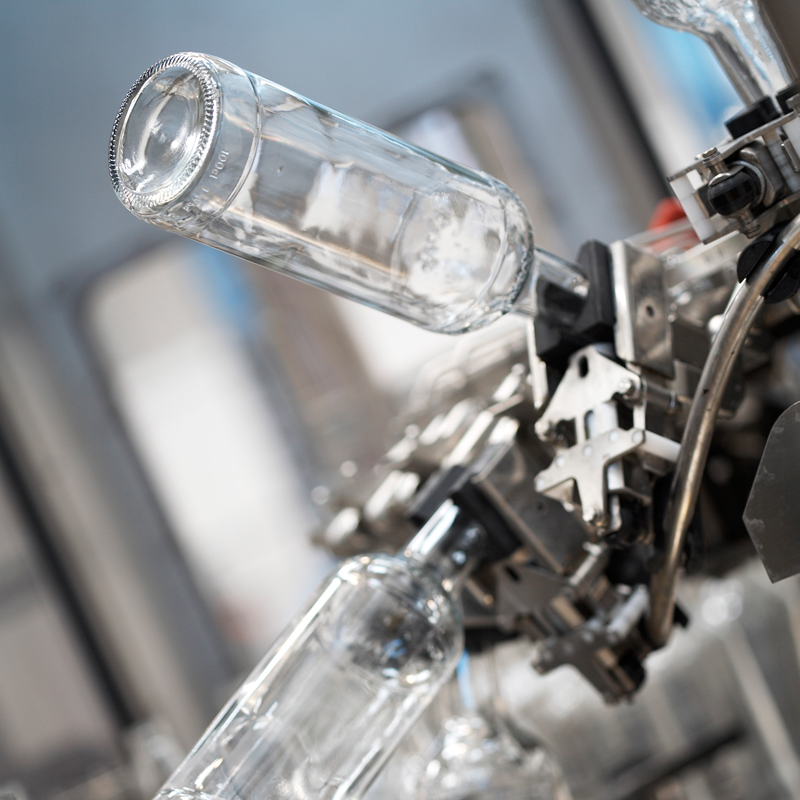
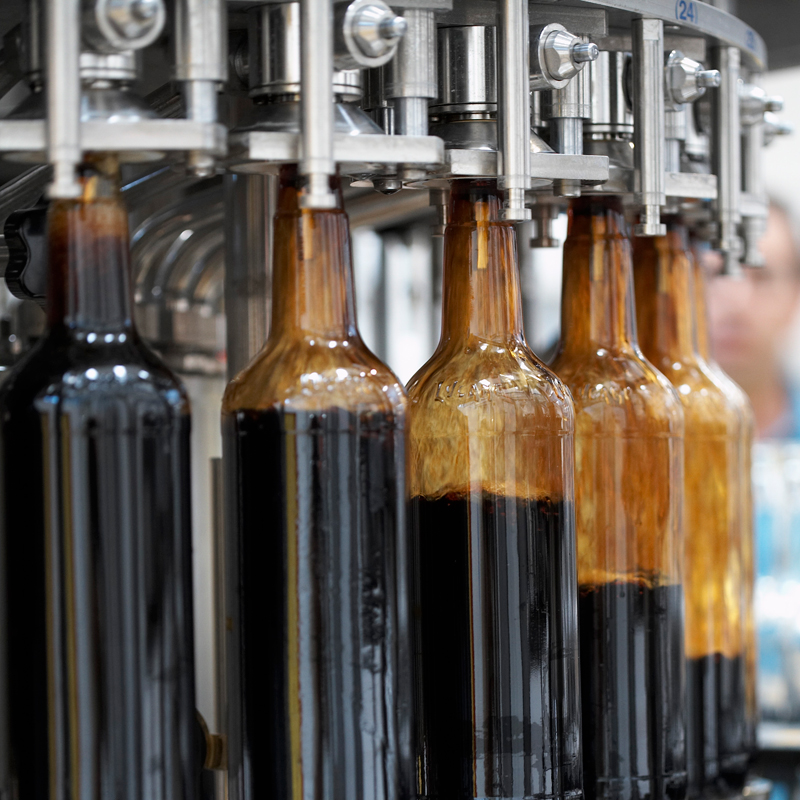
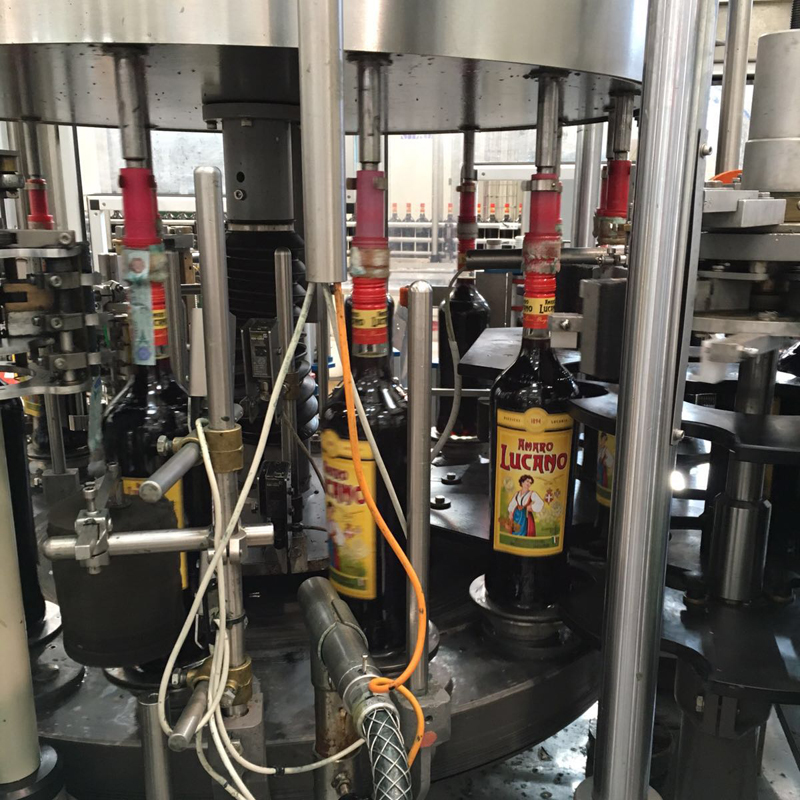
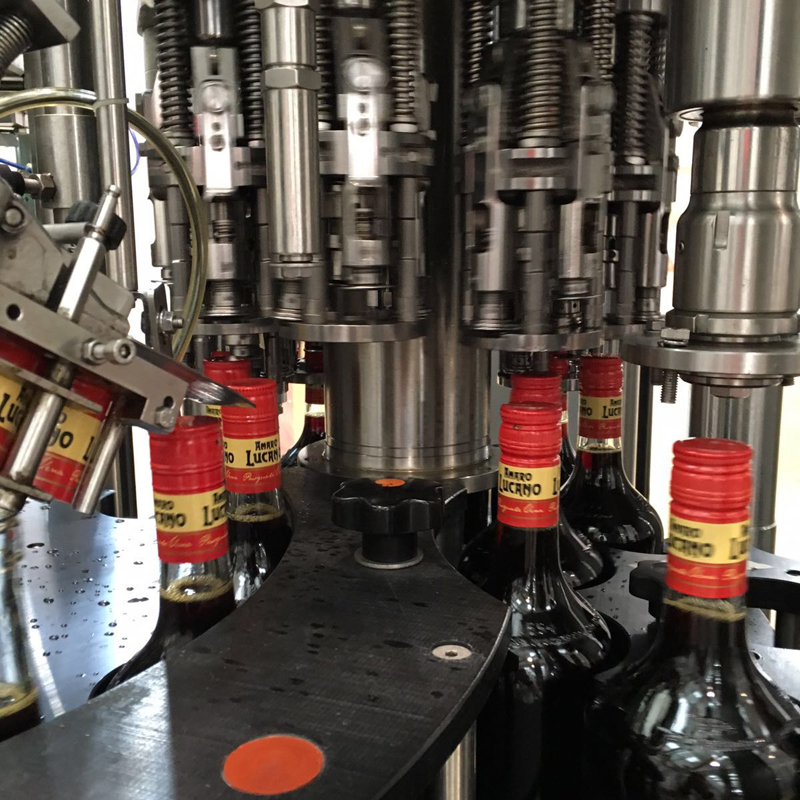
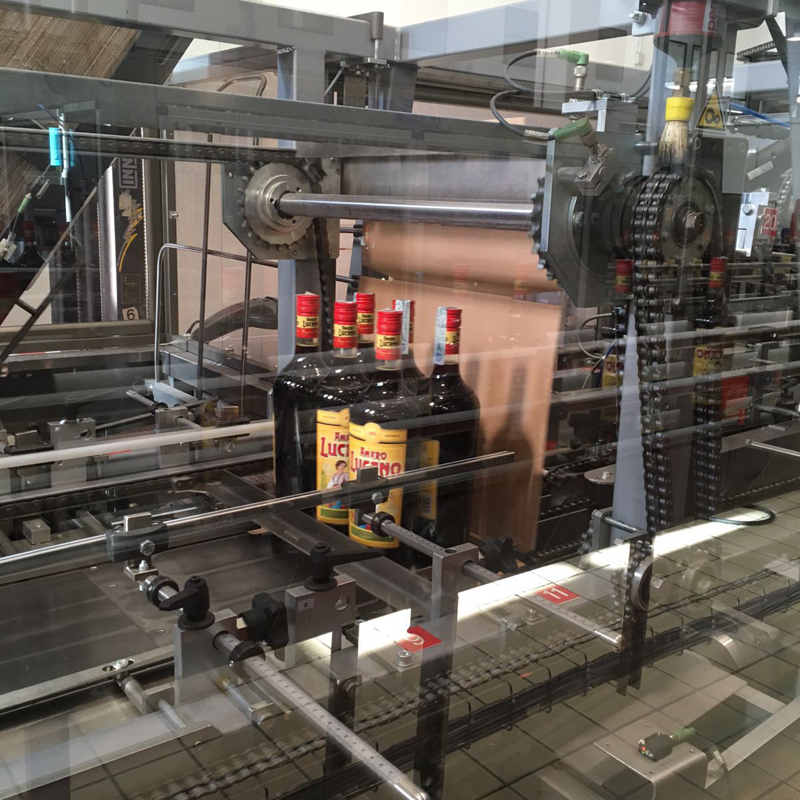
©2024 Lucano 1894 Srl - Viale Cav. Pasquale Vena, s.n. 75015 Pisticci Scalo (MT) - P.Iva 01262430778 -
Cookie Policy -
Privacy Policy